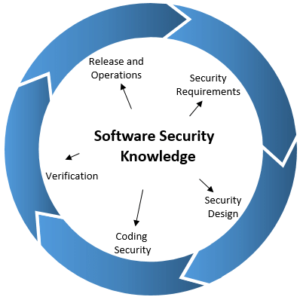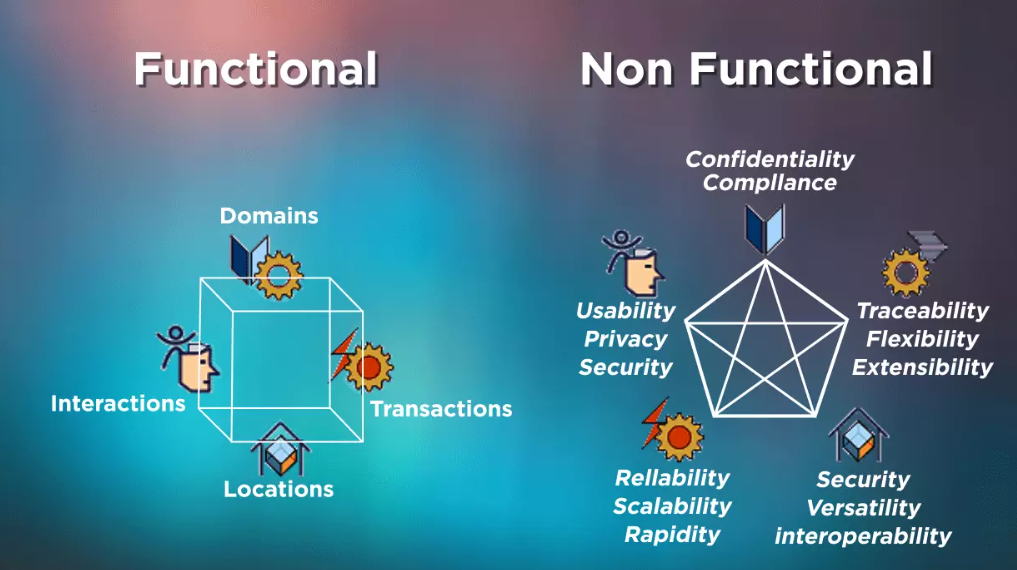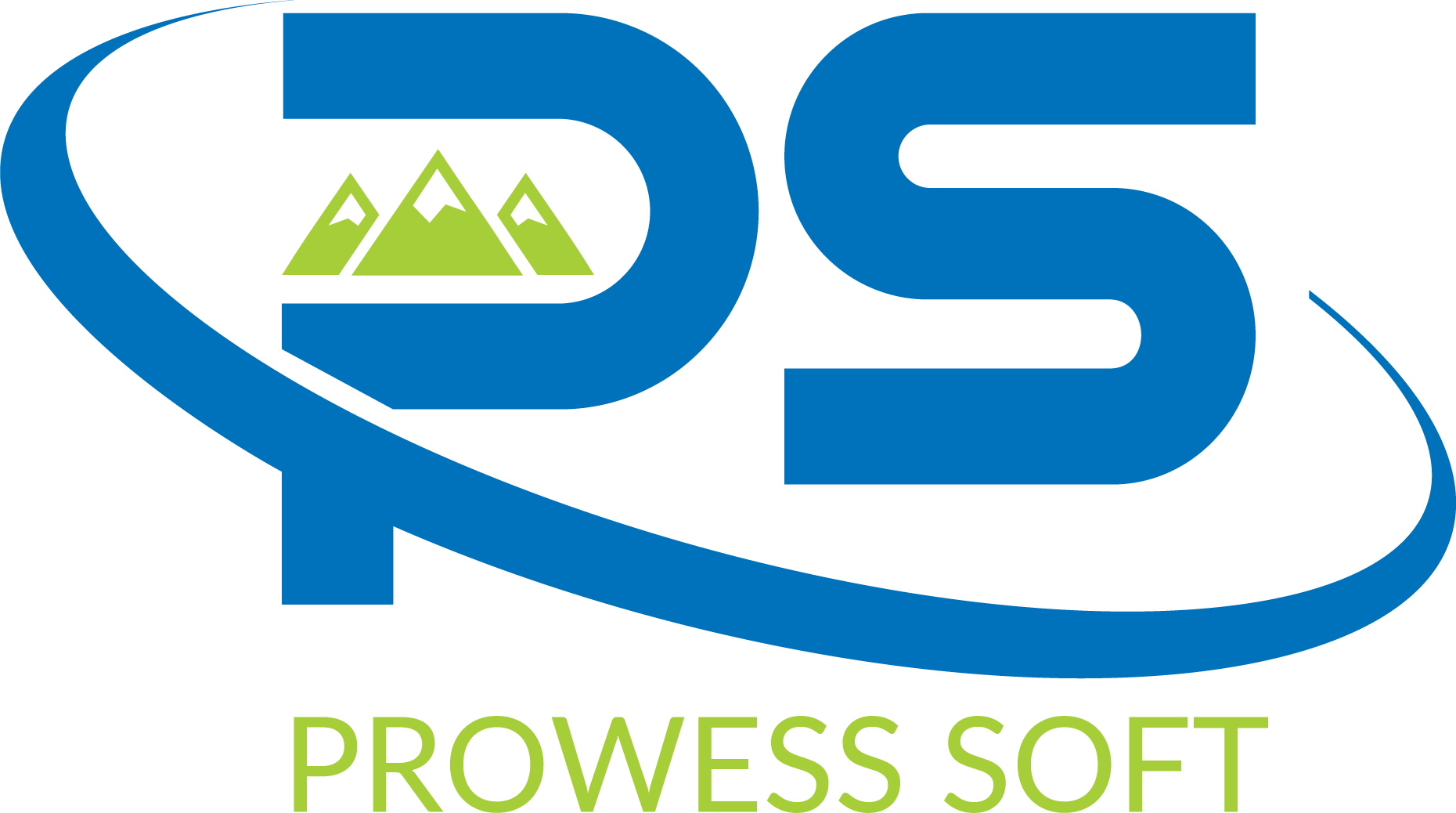In the first part of our exploration into MuleSoft’s Best Practices for Project Implementation, we delved into the fundamental pillars that lay the groundwork for project success. From defining lifecycles and milestones to embracing a product mindset, our journey uncovered crucial aspects of MuleSoft project implementation. As we continue this insightful journey, Part II unfolds additional key best practices essential for elevating project excellence.
Recap: Part I Highlights
In our initial installment, we emphasized the significance of meticulous planning, the shift from a project to a product mindset, sound design principles, proper naming conventions, and the importance of global error handling. These practices form the bedrock of successful MuleSoft project implementation. Now, let’s dive deeper into more best practices that will empower you to navigate the intricate landscape of project implementation.
- Use of Design/Integration Patterns
Integrating enterprise systems poses a unique set of challenges, as articulated by Gregor Hohpe in his book “Enterprise Integration Patterns.” The complexity arises from dealing with multiple applications across diverse platforms and locations. Integration, often far from simple, requires intelligent solutions to recurring problems. Design or integration patterns emerge as fragments of intelligence, capturing knowledge and trade-offs associated with common integration challenges.
Benefits of Design Patterns:
- Inspiration for Solutions: Design patterns don’t offer ready-made solutions but inspire innovative problem-solving approaches.
- Capturing Knowledge and Trade-offs: Patterns explicitly document knowledge and design trade-offs, fostering widespread accessibility.
- Enhancing Developer Communication: Patterns create a shared vocabulary, improving communication among developers.
- Architectural Documentation: Patterns contribute to documenting the architecture of a system, enhancing overall understanding.
- Facilitating Large-Scale Reuse: Patterns enable the extensive reuse of software architectures, promoting reliability and continuity.
Multidimensional Benefits: The adoption of integration patterns during project implementation yields multidimensional benefits, contributing both in the short and long term. Patterns reduce development costs, save time by minimizing redesign efforts, and enhance code reliability through reuse. An understanding of pattern design, coupled with effective documentation, ensures successful pattern application. The implementation phase becomes more efficient, and the resultant code stands resilient and adaptable over time.
- Using Security Mechanisms

Security as a Keystone: “A chain is as strong as its weakest link.” This adage holds true for enterprise security, where APIs represent crucial links. In an era marked by escalating data breaches and cyber-attacks, incorporating robust security mechanisms is paramount. The strength of an enterprise’s security is directly tied to the effectiveness of its security mechanisms. Ignoring this aspect invites catastrophic consequences with far-reaching impacts.
Early Emphasis on Security: Project architects must underscore the importance of integrating security requirements early in the development process, potentially during the requirement-gathering phase. These security requirements, often categorized as Non-Functional Requirements (NFRs), are foundational elements for any project. A secure API design aligns with enterprise security requirements, forming a formidable defense against cyber threats.
Secure Coding Practices: During the design phase, a focus on API design that aligns with security requirements is imperative. Any strategy deviating from this alignment leaves the implementation vulnerable to cyber-attacks, posing a significant threat to the entire enterprise. Secure coding practices implemented during the development phase act as a proactive shield against potential security vulnerabilities. Security testing, with comprehensive reports provided to security teams for review, ensures a thorough assessment of API security.
Agile and Security Integration: In the context of Agile Software development, where agility often takes precedence, security is sometimes treated as an element that extends development and delivery timelines. However, it is crucial to address security issues throughout the project lifecycle, aligning with the principles of agility. Striking a balance between Agile frameworks and the incorporation of security measures at each stage is essential for a robust and secure API ecosystem.
3. Considering the Non-Functional Requirements (NFRS)

Source: https://vironit.com/functional-vs-non-functional-requirements/#close
Essential Properties Beyond Business Functions: Non-Functional Requirements (NFRs) form an indispensable aspect of any project, describing properties unrelated to business function requirements. Common NFRs include performance, maintainability, reliability, usability, and security. It’s crucial to recognize the interconnected nature of NFRs, where adjustments in one aspect can impact others.
Balancing Act in Design and Build: A secure API, for instance, might experience an increased response time due to enhanced security measures. Thus, achieving a balance between various NFRs during the design and build phases is critical. This equilibrium ensures that the API or API ecosystem not only meets user and stakeholder expectations but also performs efficiently under diverse conditions and scenarios.
Advantages of Considering NFRs:
- NFRs enforce adherence to rules, defining the quality and reliability of an API.
- NFRs contribute to the development of a reliable, highly performant, and scalable API ecosystem.
- NFRs outline various security policies of the ecosystem, ensuring a secure operational environment.
- NFRs play a pivotal role in creating a better user experience and optimizing API consumption at a lower cost.
- Aligning NFRs with business goals ensures that the system meets stakeholder expectations and supports organizational objectives.
- Addressing NFRs early in the project lifecycle minimizes the likelihood of costly rework in later stages.
- NFR specifications related to compliance ensure adherence to local and international laws, regulations, industry standards, or company policies.
- NFR specifications related to maintainability contribute to a cost-saving, easily maintainable API ecosystem in the long run.
- Invest in DevOps
Integral Role of DevOps: DevOps, or Dev(Sec)Ops, has evolved from being considered an icing on the cake to becoming an integral part of marquee project implementations. This all-encompassing approach significantly reduces human efforts and errors. Key DevOps practices, such as Continuous Integration, Continuous Delivery, and Proactive Monitoring, are instrumental in optimizing IT organizations’ performance.
Performance Impact Over Time: Historical evidence and industry endorsements highlight that prolonged and widespread adoption of DevOps correlates with enhanced organizational performance. Continuous improvement, a core tenet of DevOps, leads to superior overall performance, positively impacting the entire organization.
Iterative Implementation for Adoption: For companies new to the culture of automation, adopting DevOps might initially seem daunting. In such cases, an iterative implementation approach, adjusting to the company’s evolving needs, is advisable. The benefits of DevOps, including automated code building and testing, bug and vulnerability scanning, automated deployments, proactive monitoring, and faster time to market, contribute to significant time and effort savings in project implementation.
Emphasis on Thorough Testing: While reaping the benefits of DevOps, it’s crucial to ensure that DevOps pipelines undergo thorough testing, providing consistent and reliable results before replacing manual tasks. An often-overlooked aspect of DevOps is its role in promoting “Reuse.” The API-led connectivity model underscores the importance of awareness, access, and effective utilization of assets across the entire lifecycle, facilitated through Developer Portals and API client keys and secrets.
Conclusion
Embracing MuleSoft’s Best Practices for Project Implementation is not just a choice; it’s a strategic imperative for achieving excellence in your projects. As we’ve explored in both Part I and Part II of this series, meticulous planning, a product mindset, sound design principles, and global error handling are foundational. In Part II, we delved into the crucial practices of using design/integration patterns, implementing robust security mechanisms, considering non-functional requirements, and investing in DevOps.
So, let’s elevate project excellence together. Implement these best practices with diligence, monitor their impact, and adapt them as needed. By doing so, you’re not just ensuring successful MuleSoft project implementation; you’re positioning your organization for sustained innovation and success in the ever-evolving landscape of enterprise integration.


